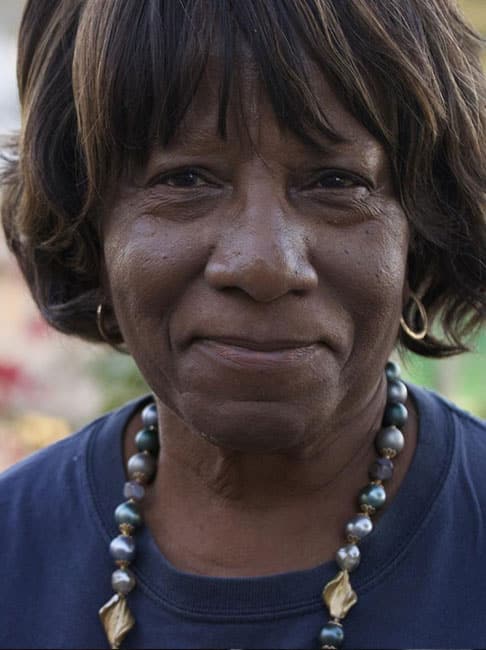“So technology came about at the same time desegregation came about. Before, cotton was hand-picked, but then in 1954 with technology came the cotton-picking machines, so they didn’t need all the workers, but because of the school desegregation, a lot of these farmers were on the school board. And so they they were really upset about the integration part of it,” said Brown’s aunt, Gertha Lee Brown-Hurd.
She has lived in Rillito since 1963. Before, she attended school in nearby Marana.
“When I first started school here in 1951, the school was segregated. We had our own school on the regular campus, but it was a separate building, altogether. So we couldn’t go to school with the white kids even though we were on the same grounds,” she said.
The 1954 landmark Supreme Court case Brown vs. Board of Education unanimously ruled racial segregation in schools as unconstitutional.
“Some of the farmers didn’t like it [integration], so they kicked all the people they had been housing off of their farms, so they had to find other places to stay. The farmers wouldn’t let them buy land in Marana. They didn’t want to sell any land to the blacks. That’s how people ended up here, because that’s the only place they could buy property,” said Brown-Hurd.
But owning property was only part of the battle. Brown-Hurd says when she moved to Rillito “there was no infrastructure at all, no water, no electricity, no gas — nothin.”
“My grandparents and parents laid the roots down for me and I’m not gonna give up on it. It makes no sense for them to start something and us not finish it,” said Brown.
Gertha got an undergraduate degree at University of Arizona and graduate degree in social work at Arizona State University and is now a leader in the community responsible for getting funding from the county. Despite living in cities with modern conveniences, like Phoenix and Tucson, she still returned to Rillito.
~ Chloe Jones

